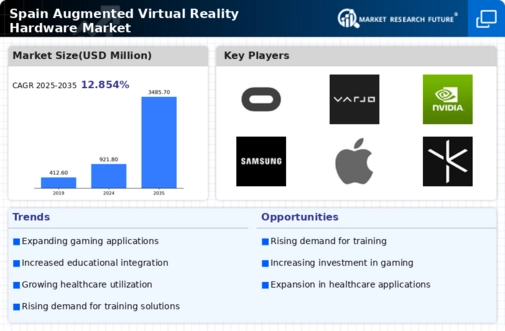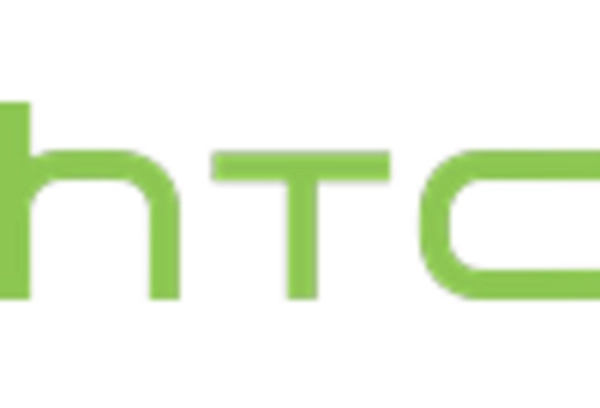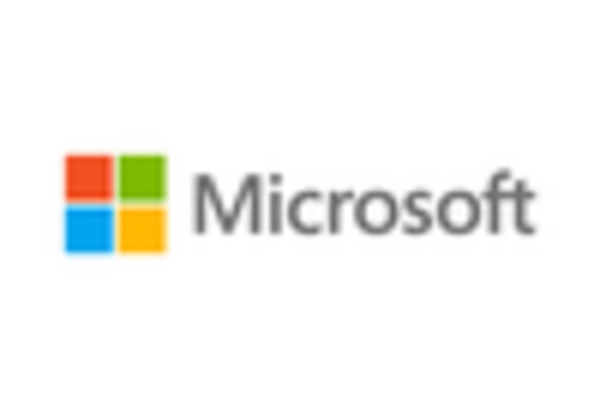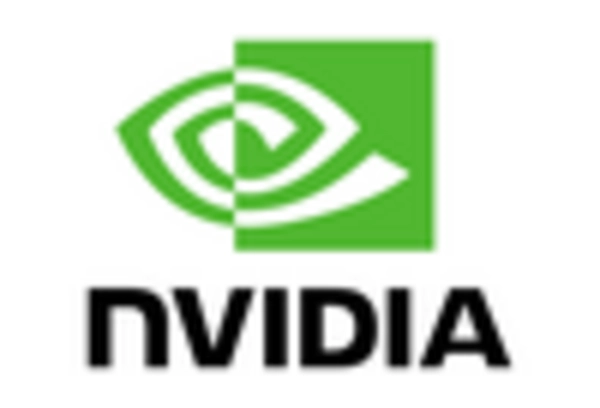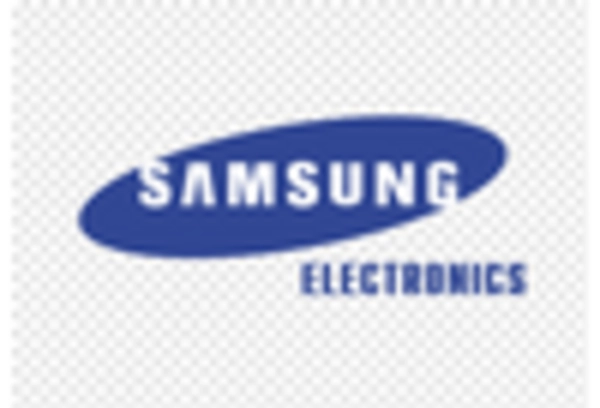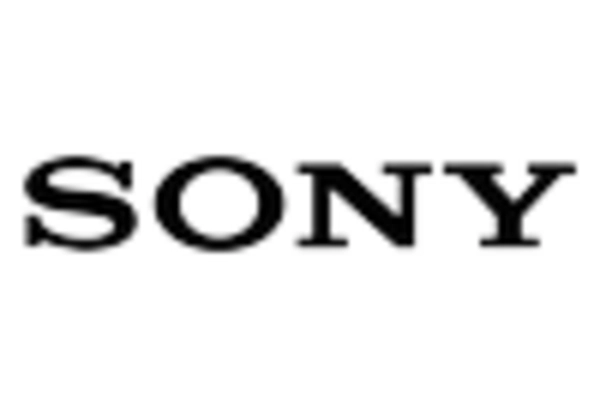Rising Demand for Remote Collaboration
The augmented virtual-reality-hardware market in Spain is experiencing a notable surge in demand for remote collaboration tools. As businesses increasingly adopt hybrid work models, the need for immersive communication solutions has become paramount. This trend is reflected in a reported growth of 25% in the adoption of virtual collaboration tools among Spanish companies in 2025. Organizations are seeking to enhance team interactions and project management through augmented reality (AR) and virtual reality (VR) technologies. The augmented virtual-reality-hardware market is thus positioned to benefit from this shift, as companies invest in hardware that facilitates seamless virtual meetings and collaborative environments. The integration of AR and VR into workplace settings is likely to redefine how teams engage, potentially leading to increased productivity and innovation across various sectors.
Technological Advancements in Hardware
Technological advancements are significantly influencing the augmented virtual-reality-hardware market in Spain. Innovations in hardware, such as improved processing power, enhanced graphics capabilities, and lighter designs, are making AR and VR devices more accessible and appealing to consumers. In 2025, the market is projected to grow by 30% due to these advancements, which are enabling more realistic and immersive experiences. Companies are investing heavily in research and development to create cutting-edge devices that cater to both consumer and enterprise needs. This trend suggests that as hardware becomes more sophisticated, the potential applications in sectors like education, training, and entertainment will expand, further driving the growth of the augmented virtual-reality-hardware market.
Growing Interest in Training and Simulation
The augmented virtual-reality-hardware market is benefiting from a growing interest in training and simulation applications across various industries in Spain. Organizations are increasingly recognizing the value of immersive training solutions that enhance learning outcomes and reduce costs. In 2025, the market for training and simulation using AR and VR technologies is expected to expand by 35%. This growth is driven by sectors such as healthcare, manufacturing, and aviation, where realistic simulations can significantly improve skill acquisition and retention. The augmented virtual-reality-hardware market is thus positioned to capitalize on this trend, as companies invest in hardware that supports effective training methodologies, potentially transforming workforce development.
Increased Investment in Gaming Technologies
The augmented virtual-reality-hardware market is witnessing a significant increase in investment directed towards gaming technologies in Spain. The gaming industry has been a primary driver of AR and VR adoption, with a reported market growth of 40% in 2025. This surge is attributed to the rising popularity of immersive gaming experiences that utilize augmented and virtual reality. Game developers are increasingly focusing on creating content that leverages these technologies, leading to a higher demand for advanced hardware. As a result, the augmented virtual-reality-hardware market is likely to see substantial growth as consumers seek out devices that enhance their gaming experiences, indicating a robust future for the industry.
Expansion of Retail and E-commerce Experiences
The augmented virtual-reality-hardware market is experiencing growth due to the expansion of retail and e-commerce experiences in Spain. Retailers are increasingly adopting AR and VR technologies to enhance customer engagement and provide immersive shopping experiences. In 2025, the market is projected to grow by 20% as businesses leverage these technologies to create virtual showrooms and interactive product displays. This trend indicates a shift in consumer behavior, where shoppers seek more engaging and personalized experiences. The augmented virtual-reality-hardware market is likely to benefit from this evolution, as retailers invest in hardware that facilitates innovative shopping solutions, potentially reshaping the retail landscape.


